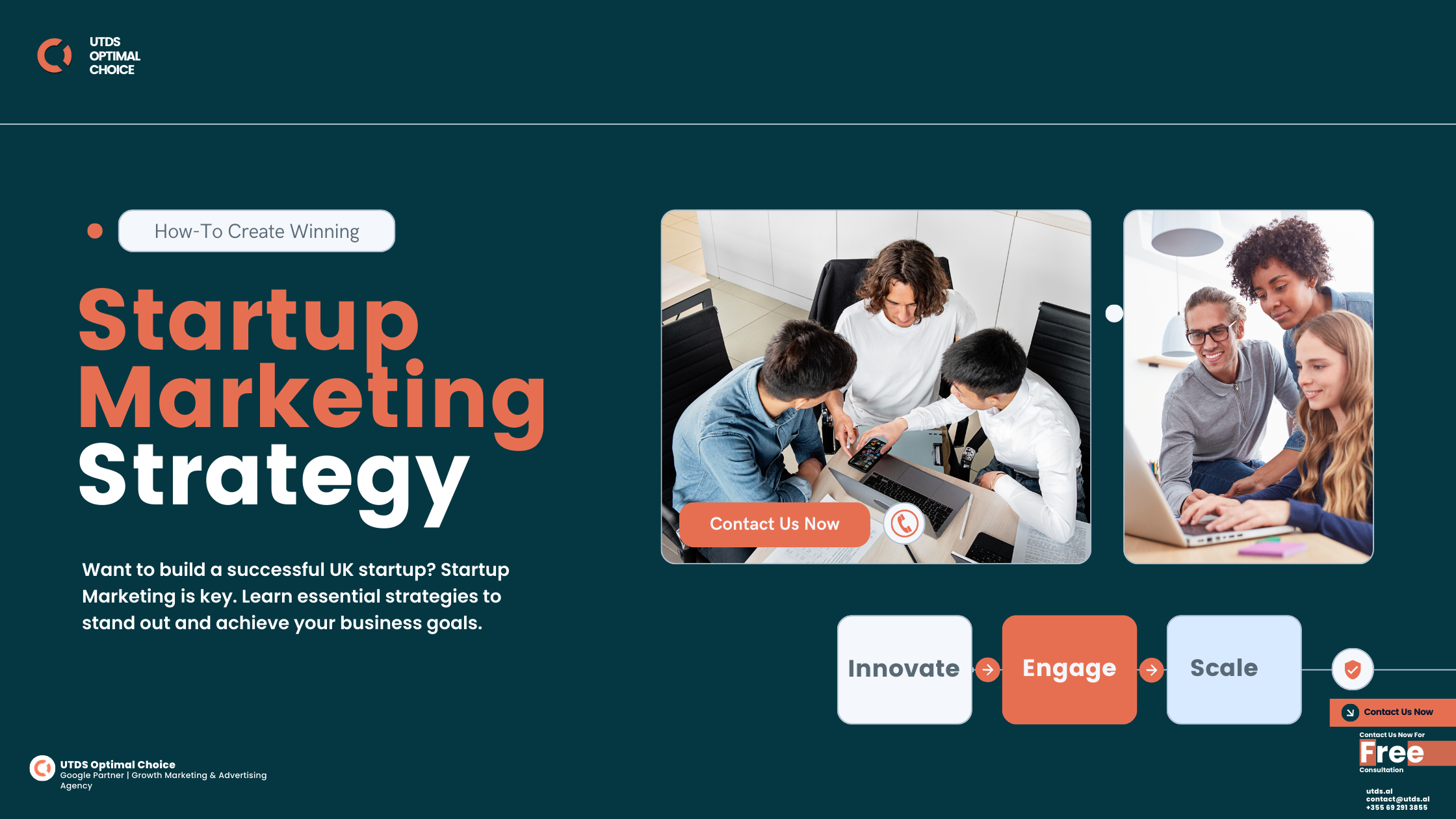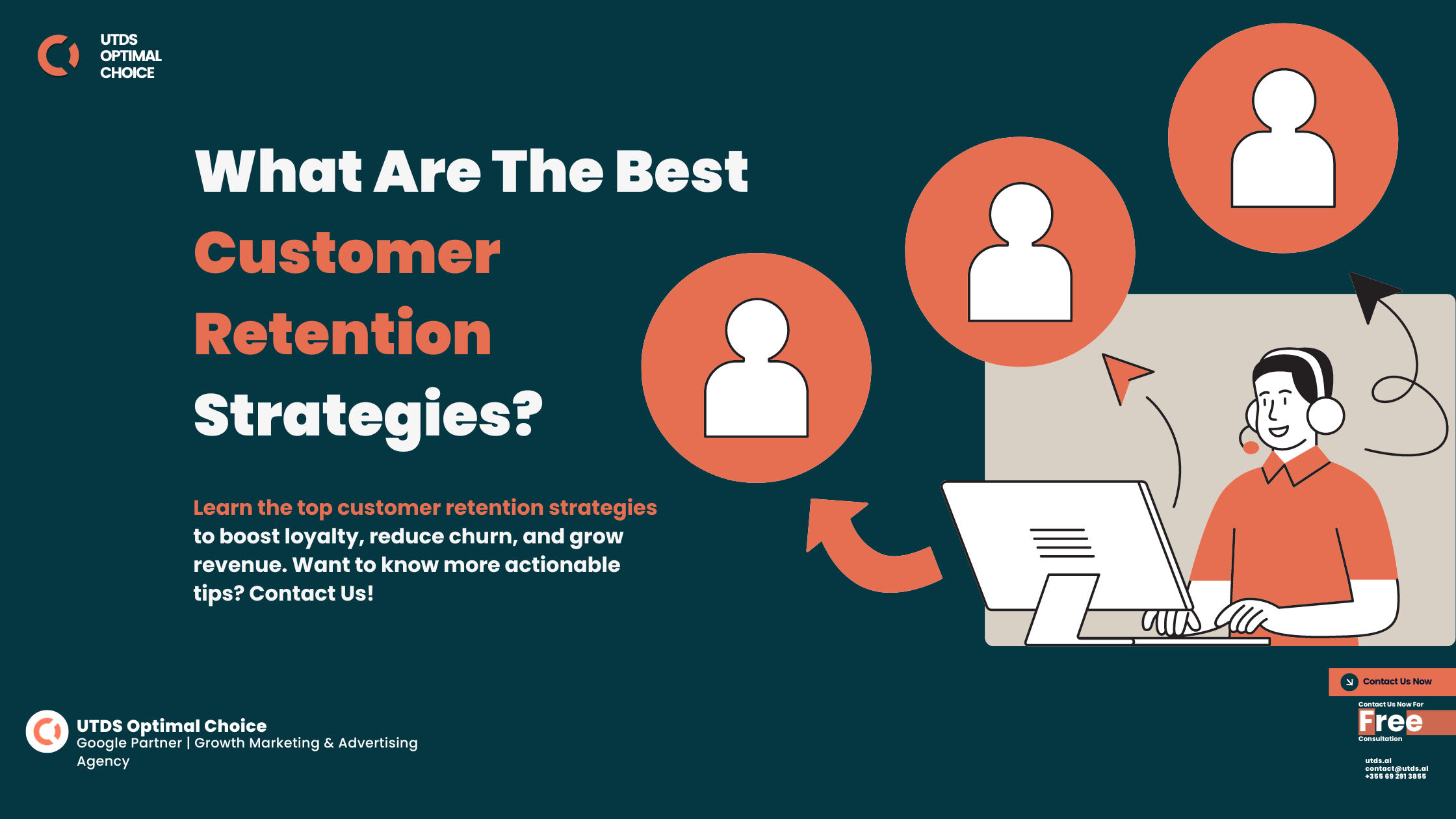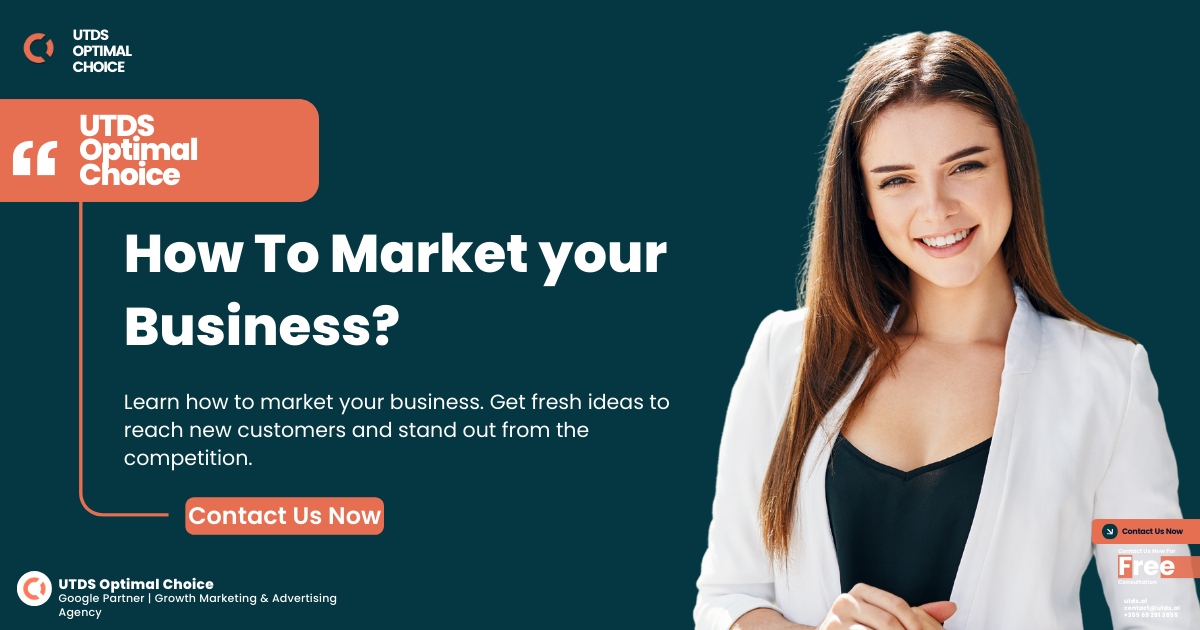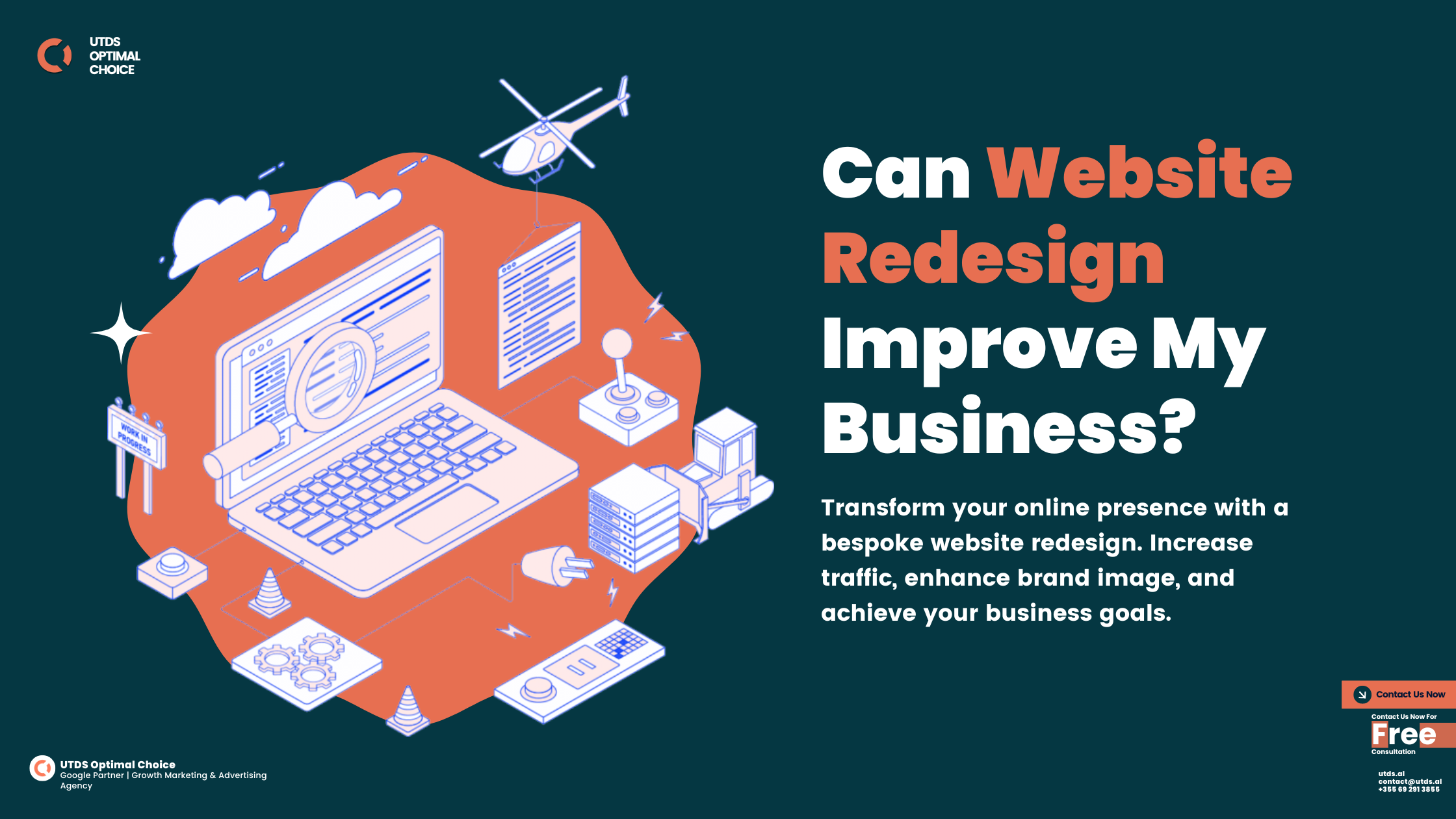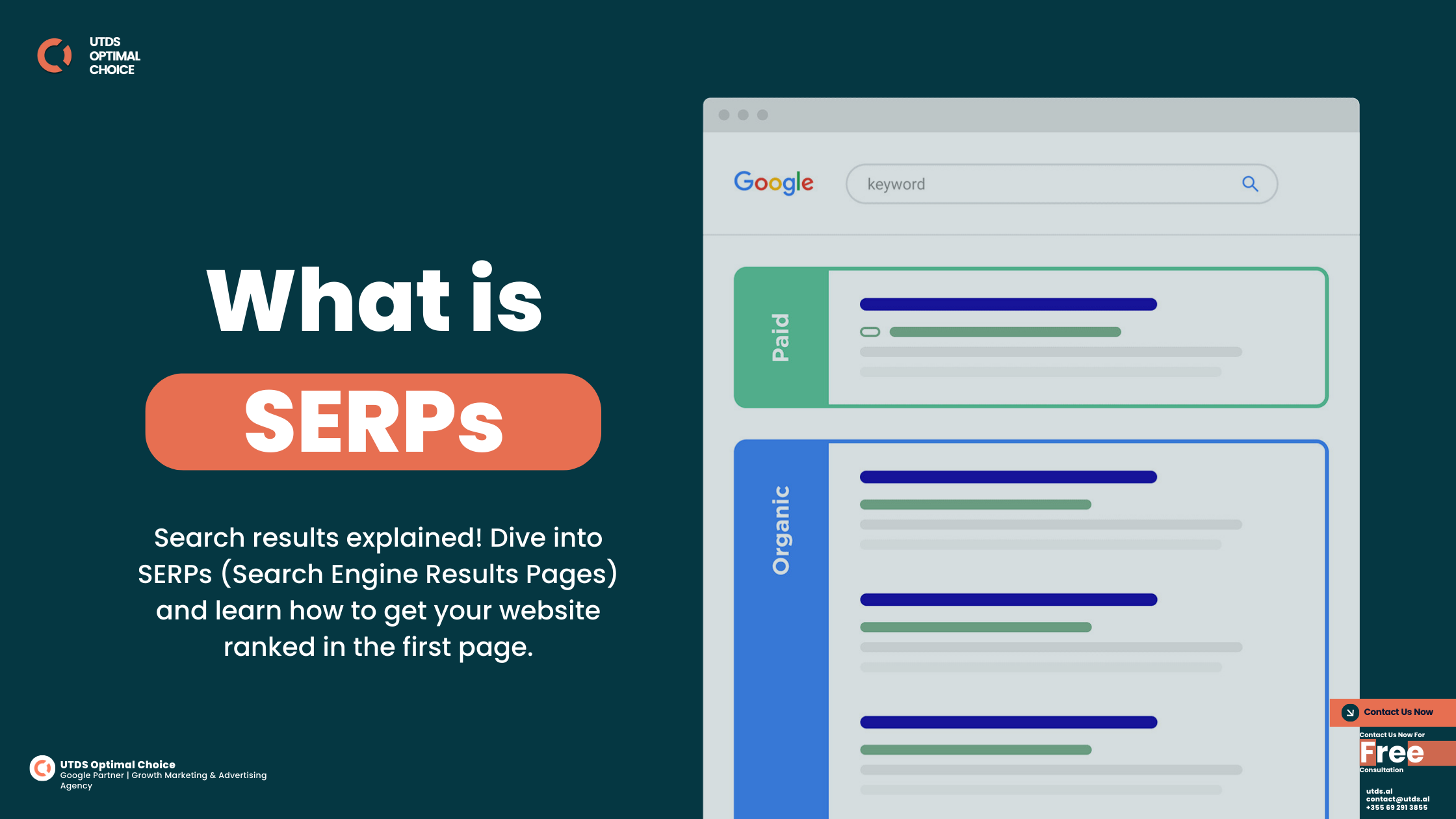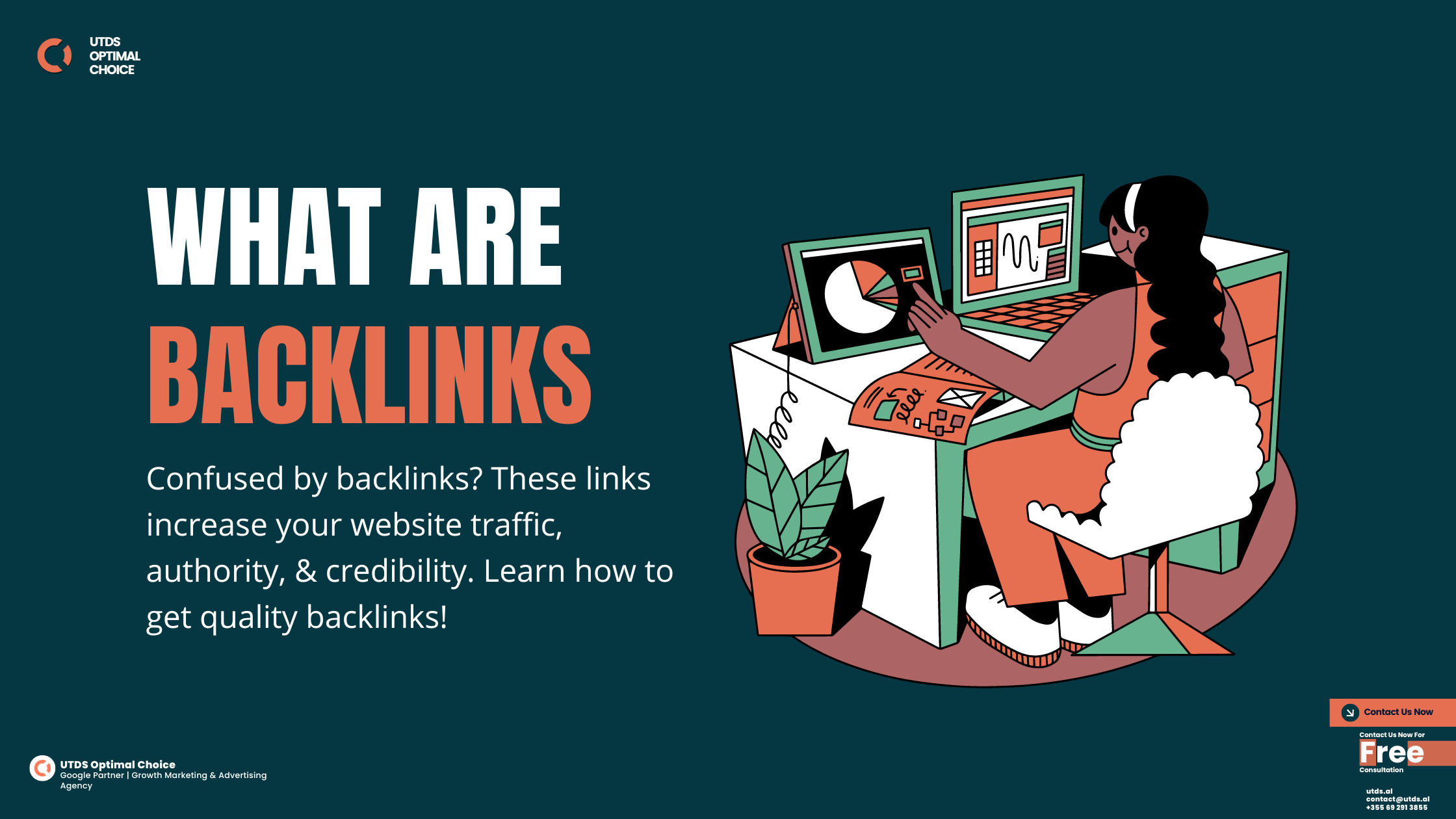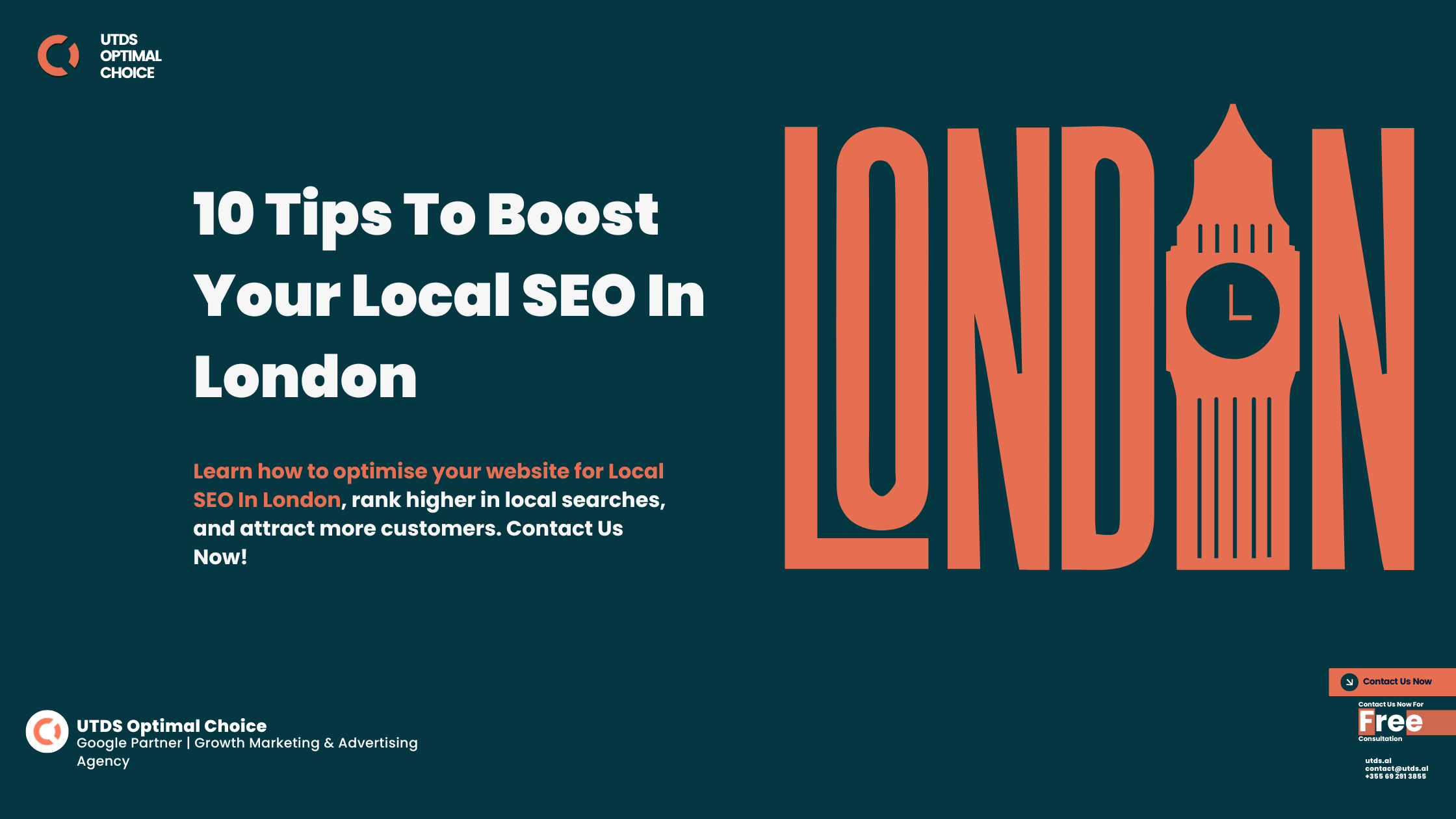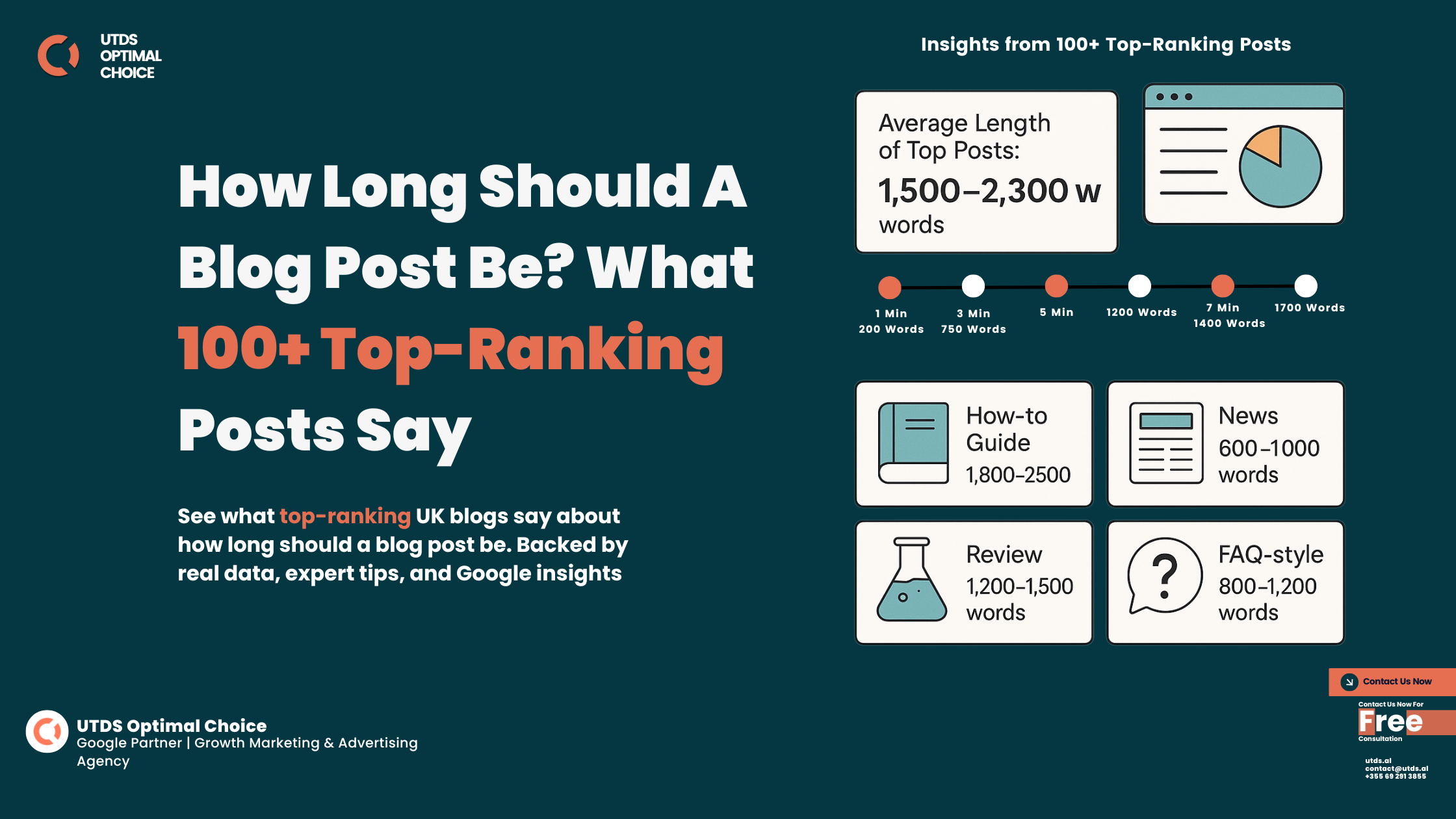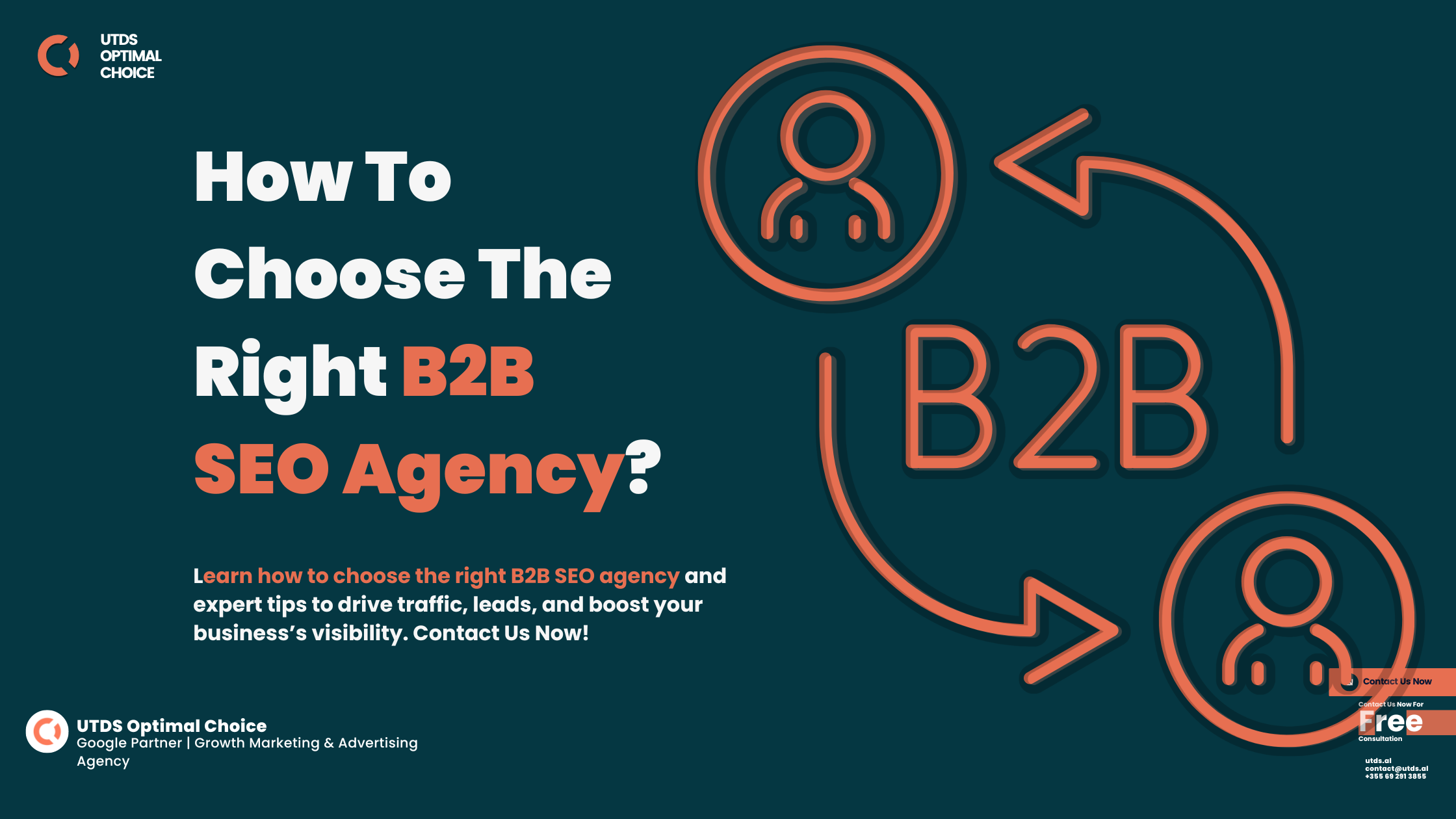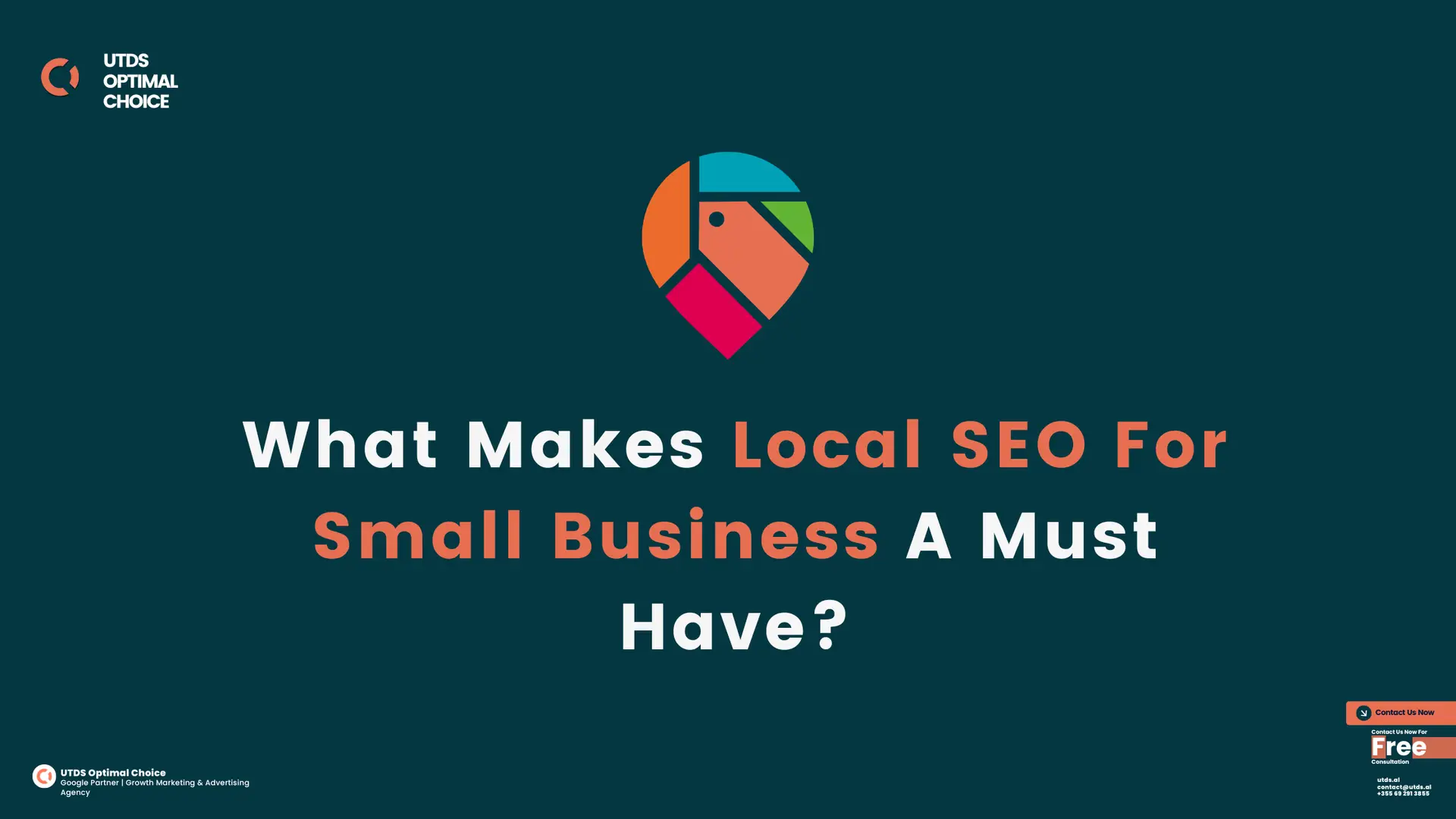Do you know? Having a strong personal brand on LinkedIn is essential for professionals seeking career advancement, business growth, or thought leadership. With millions of UK users active on LinkedIn, the platform serves as a key tool for building credibility and expanding your professional network. But what is personal branding exactly, and how can you build a personal brand that works for you?
In this guide, we’ll look into LinkedIn personal branding strategies, highlighting practical examples, industry insights, and actionable steps to enhance your online presence.
Want to increase your online visibility even further? Our SEO and PPC strategies can help you reach your audience more effectively and drive measurable results.
What Is Personal Branding?
Personal branding is the process of marketing yourself as a brand. It’s how you present your skills, experiences, and values to your audience, differentiating yourself from others. On LinkedIn, your personal brand can open doors to career opportunities, collaborations, and new business ventures.
Why LinkedIn Personal Branding Matters
LinkedIn is the world’s largest professional network, and for UK professionals, it’s a powerful platform for establishing authority in your field. Your LinkedIn personal branding should reflect your expertise, career goals, and the unique value you bring to your industry. With effective personal branding, you can:
- Increase your visibility to recruiters, clients, and industry leaders.
- Showcase your thought leadership through content.
- Build trust and authority within your professional network.
What Are The Best LinkedIn Personal Branding Strategies?
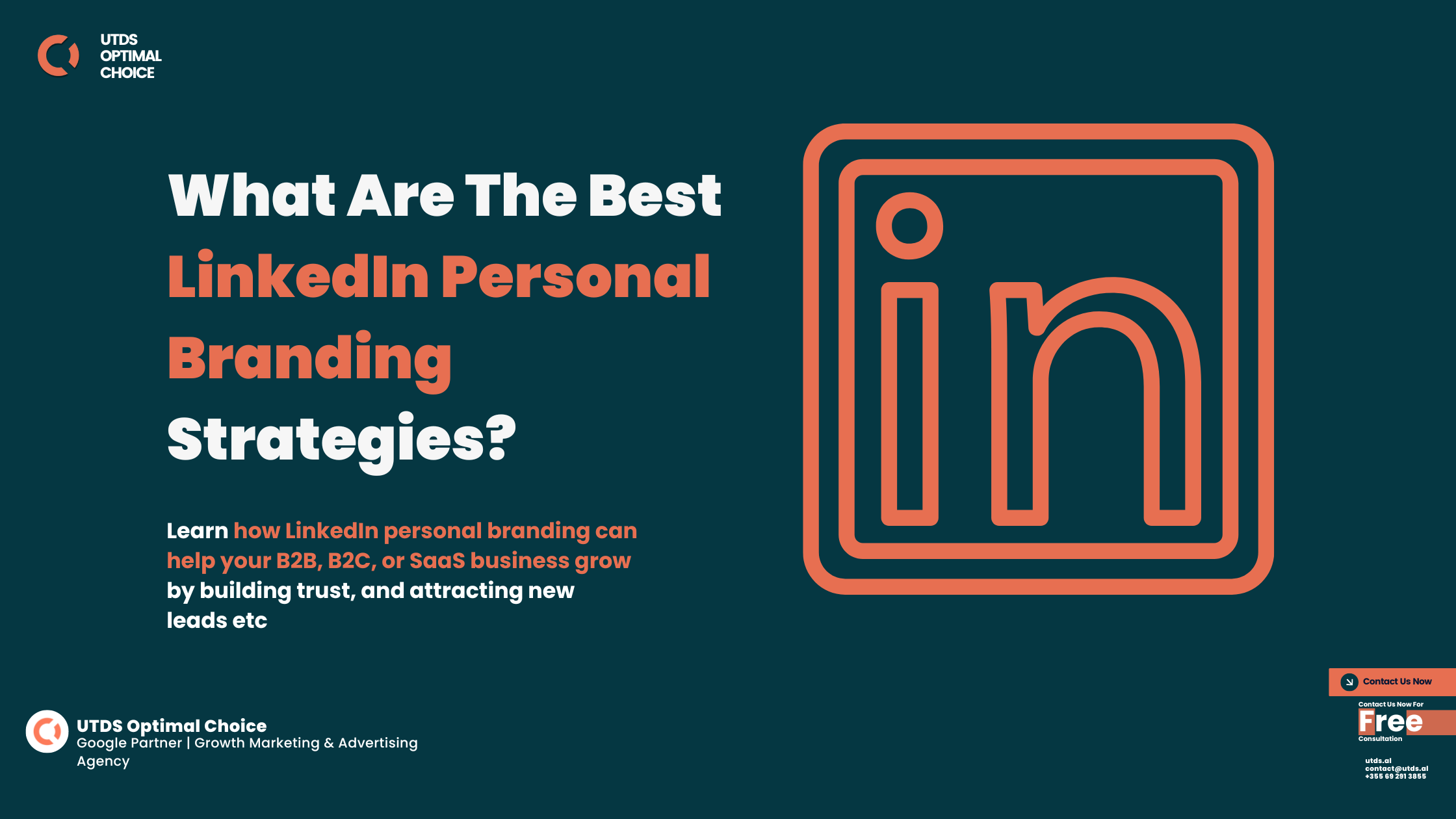
How To Build A Personal Brand
Optimise Your LinkedIn Profile
Your LinkedIn profile acts as your digital resume. Here’s how to make it shine:
- Profile Picture & Headline: Use a clear, professional headshot. Your headline should be more than your job title—use it to highlight your expertise and what sets you apart. For example: Digital Marketing Specialist | Helping Small Businesses Grow through SEO and PPC.
- About Section: This is your opportunity to tell your story. Use it to highlight your background, accomplishments, and personal values. Keep it engaging and personal.
- Featured Section: Showcase your top work—articles, project case studies, or media mentions—to provide proof of your expertise.
Here is an interesting article about “How to improve LinkedIn Profile” it has case studies to help you optimise your LinkedIn profile.
Build Thought Leadership with Content
Regularly sharing valuable content on LinkedIn establishes you as a thought leader. Here are some ways to leverage content:
- Post Industry Insights: Share timely updates, opinions, and insights related to your industry. This will engage your audience and position you as an expert.
- Personal Branding Examples: Highlight case studies or success stories about personal branding. For example, explain how certain branding efforts helped individuals land new job offers or clients.
- Engage with Your Network: Comment on relevant posts, share insights, and join discussions. This boosts visibility and strengthens relationships with key professionals.
Network Effectively
Building a strong network is crucial to LinkedIn personal branding. To network effectively:
- Send Personalised Connection Requests: Always add a note when connecting with someone new. Introduce yourself briefly and explain why you’d like to connect.
- Engage in LinkedIn Groups: Join industry-specific groups and engage in meaningful discussions. This will grow your visibility and help you connect with like-minded professionals.
- Message Your Connections: Periodically check in with your network, offer value, or congratulate them on their achievements. Keeping relationships active will benefit your personal brand long-term.
Use LinkedIn Analytics To Measure Success
Use LinkedIn’s analytics tools to track the performance of your posts and overall profile. You should focus on:
- Profile Views: This shows whether your profile optimisation efforts are paying off.
- Content Engagement: Monitor likes, comments, and shares to understand what resonates with your audience. This will help you refine your content strategy and increase engagement.
Align Your Brand with Your Goals
Your LinkedIn personal branding should reflect your career or business goals. Whether you want to attract new clients, secure a job, or establish yourself as a thought leader, your content and interactions should align with these objectives. For instance, if you aim to grow a consulting business, focus on sharing insights and case studies that showcase your expertise in that area.
Define Your Unique Value Proposition (UVP)
Start by identifying what makes you stand out. Ask yourself: What skills, experiences, and values do you bring to the table? Your UVP should be clear and align with your long-term goals. It’s the foundation of your personal brand.
How LinkedIn Personal Branding Can Benefit Your Business
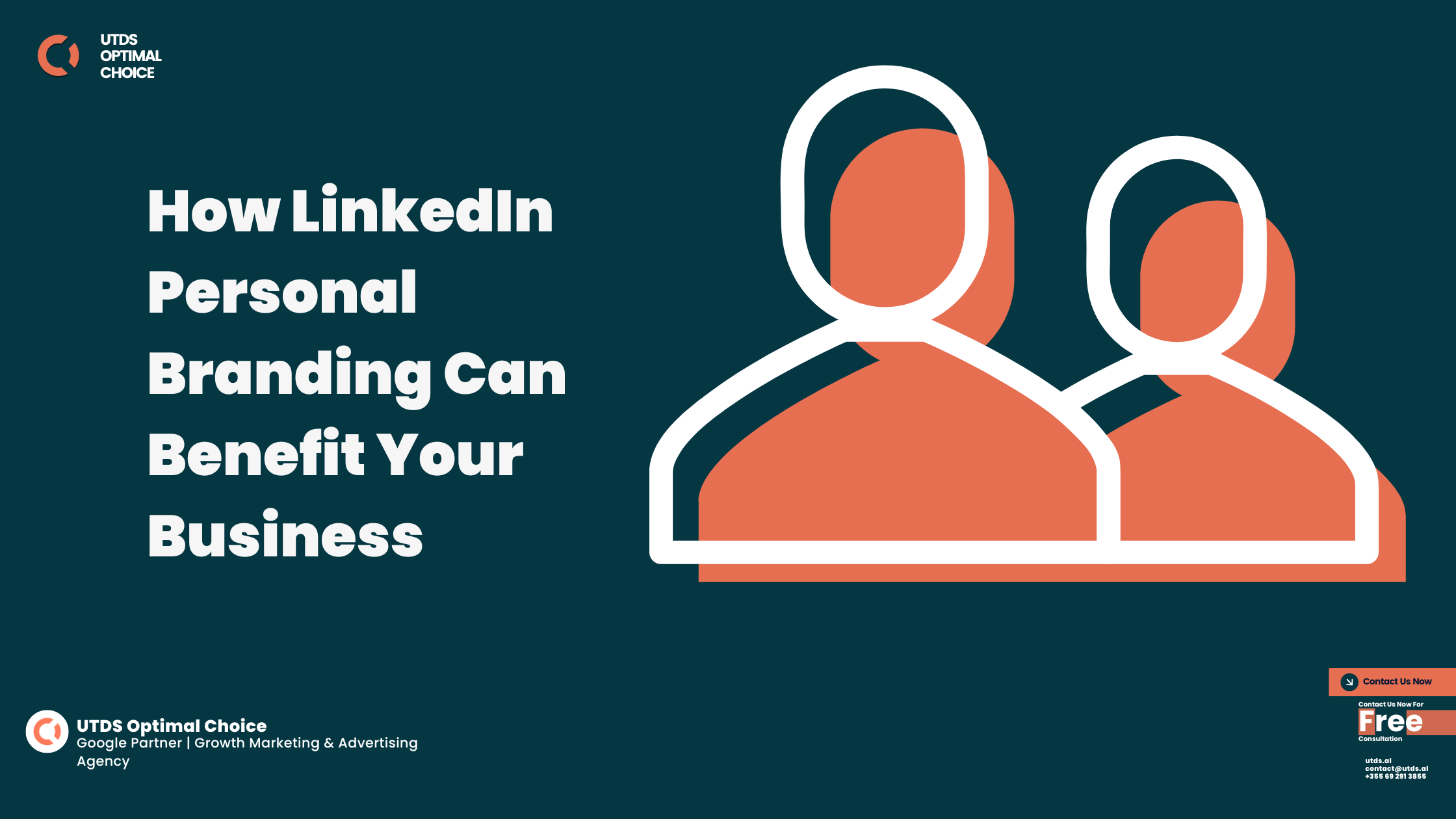
LinkedIn personal branding isn’t just beneficial for individuals; businesses across various sectors—whether B2B, B2C, or SaaS—can also reap significant rewards from developing a strong personal brand. By positioning yourself or key figures in your company as thought leaders, you can drive meaningful business outcomes such as increased leads, improved customer trust, and higher conversions.
Here’s how personal branding on LinkedIn can benefit different types of businesses;
B2B Companies: Building Trust and Authority
In B2B industries, trust and authority are paramount. Decision makers often choose to work with companies that demonstrate expertise and industry leadership. A strong LinkedIn personal brand can help your business:
- Showcase Thought Leadership: By sharing expert insights, industry trends, and best practices through personal posts and articles, you can position your company as an authority in its field. For example, if you’re in the B2B software space, sharing case studies and solutions to common industry challenges can attract more clients.
- Generate Qualified Leads: B2B buyers often research potential vendors before engaging with them. A well branded LinkedIn presence, supported by thought provoking content, can lead to increased inbound leads from businesses looking for your expertise.
- Build Strong Professional Relationships: Decision-makers are more likely to trust and engage with companies that have key figures active on LinkedIn. Regular interaction through comments, posts, and discussions can nurture valuable partnerships and generate long-term business opportunities.
Example: A B2B SaaS company providing CRM solutions can benefit by having its CEO or key team members share insights about customer relationship trends, tips for improving client engagement, or how their software has solved critical business challenges for their clients.
B2C Companies: Humanising Your Brand
For B2C companies, personal branding can create a direct connection with consumers, humanising your business and building customer loyalty. Here’s how it can benefit your business:
- Increase Customer Engagement: By sharing relatable stories and insights, you can build a personal connection with your target audience. For instance, a business owner sharing behind-the-scenes stories or customer success testimonials can make the brand more approachable and trustworthy.
- Drive Sales Through Trust: Consumers often gravitate towards businesses they feel they can trust. By using LinkedIn to demonstrate your values, mission, and commitment to customer satisfaction, you can build trust and drive more conversions.
- Enhance Brand Awareness: Having key figures from your company active on LinkedIn, engaging in conversations, and sharing valuable content will increase your brand’s visibility. This is especially effective for B2C companies that rely on repeat customers and word-of-mouth referrals.
Example: A B2C eCommerce business selling sustainable products can have its founder regularly post about sustainability trends, eco-friendly practices, or customer success stories, thereby creating an emotional connection with environmentally-conscious consumers.
SaaS Companies: Demonstrating Value And Expertise
SaaS companies thrive on delivering innovative solutions to complex problems. Personal branding on LinkedIn can help key stakeholders at SaaS companies convey the value of their products and highlight their expertise:
- Showcase Product Use Cases: LinkedIn is a great platform for SaaS companies to demonstrate real-world use cases of their software. By sharing customer success stories or detailed case studies, you can show potential clients how your software solves their pain points.
- Educate Potential Customers: Many SaaS products require explanation and education. By regularly posting tutorials, how-to guides, or industry trends, you can position yourself as an expert who understands the challenges your software solves, while also making the buying process easier for prospects.
- Nurture Leads Through Value-Driven Content: Personal branding allows SaaS companies to nurture leads by sharing valuable insights related to the industry. Regularly engaging with your audience keeps your brand top-of-mind when they’re ready to make a purchase.
Example: A SaaS company offering a project management tool can have its product manager share success stories about how their software has helped teams improve collaboration and efficiency. Additionally, sharing industry trends like remote work challenges and how their software addresses these problems can drive engagement and sales.
Consultants And Service Providers: Building A Client Pipeline
For consultants and service providers, LinkedIn personal branding can be a powerful tool to attract clients and build a steady pipeline of new business. Here’s how:
- Position Yourself as an Expert: Sharing your experiences, successes, and insights on LinkedIn establishes you as an expert in your field. For example, if you’re a digital marketing consultant, regularly posting case studies, client results, and actionable tips can position you as the go-to expert in your niche.
- Attract New Clients: Personal branding helps potential clients get to know you before they reach out. By showing the value you provide through your LinkedIn content, you’re more likely to attract clients who need your services.
- Build Long-Term Relationships: Consistent engagement with your network allows you to stay top-of-mind for past clients or those considering hiring you. Over time, this can lead to repeat business and referrals.
Example: A web developer can use LinkedIn to share recent projects, testimonials from satisfied clients, and tips on improving website performance. This strategy builds credibility and attracts potential clients looking for web development services.
Want faster, more measurable results? Unlike personal branding, which takes time and consistency, PPC campaigns offer a quicker and more direct way to reach your target audience and generate immediate leads. Contact us today to help you grow your business faster.
Start Building Your LinkedIn Personal Brand Today
Now that you understand the power of LinkedIn personal branding, it’s time to take action. Start by optimising your profile, sharing valuable content, and building meaningful connections. Whether you’re seeking a new job, growing your business, or positioning yourself as an industry leader, personal branding can help you achieve those goals.
But if you’re looking for faster, measurable results, PPC is your answer. At UTDS Optimal Choice, we specialise in hassle-free PPC campaigns designed to grow your business. As one of the best PPC agencies with clients across the UK, Spain, and Albania, we’ll help you reach your target audience, generate leads, and maximise your ROI with precision and ease. Let us handle the complexity of PPC so you can focus on what you do best.
Frequently Asked Questions (FAQ)
Q1: What is personal branding on LinkedIn, and why is it important?
Personal branding on LinkedIn is the practice of presenting yourself as an expert in your field through your profile, content, and network. It’s important because it allows you to stand out in a competitive market, build trust with your audience, and open new opportunities.
Q2: How do I start building my LinkedIn personal brand?
Begin by optimising your profile—use a professional photo, create a compelling headline, and craft a personal story in your About section. Then, consistently share valuable content that reflects your expertise and engage with your network.
Q3: What are some personal branding examples?
Look at profiles of industry leaders or influencers. For example, professionals like Richard Branson use LinkedIn to regularly post thought leadership content, showcasing their industry knowledge and personal values.
Q4: Is personal branding expensive?
No, personal branding doesn’t require a financial investment, but it does require time and effort. By consistently optimising your LinkedIn profile and engaging with your audience, you can build a strong personal brand without spending money.

